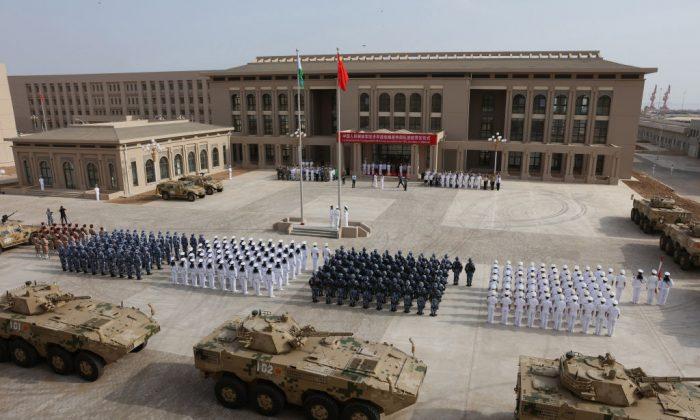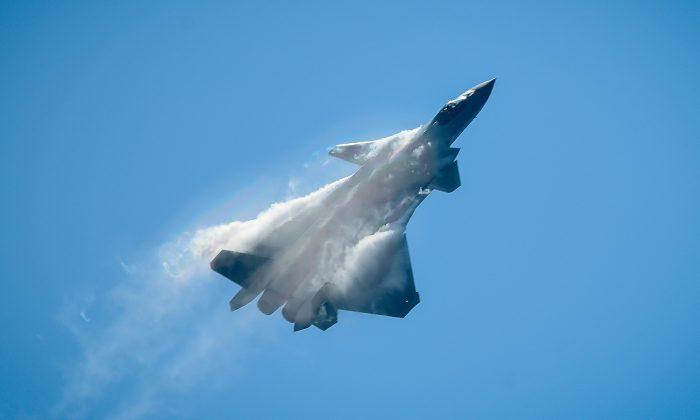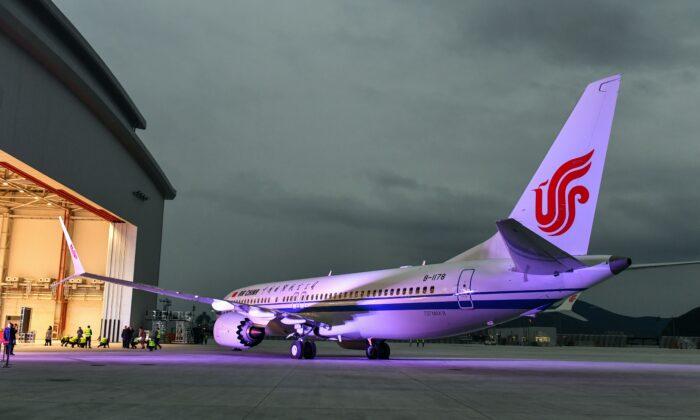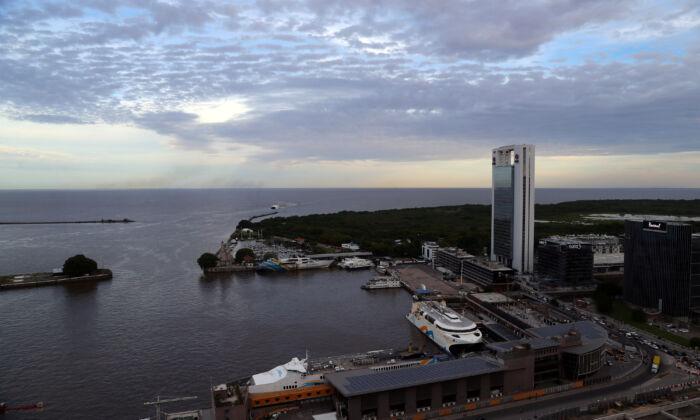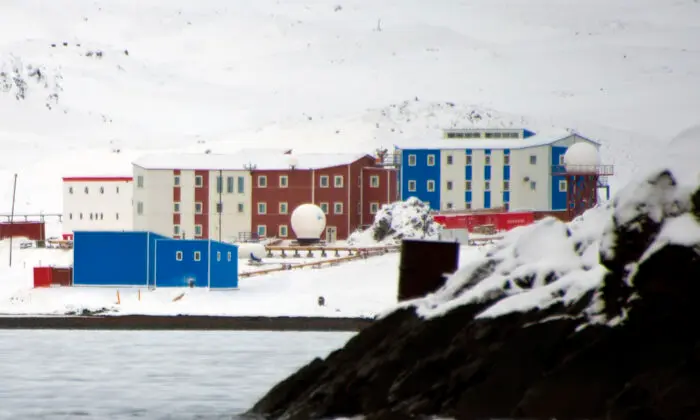At the very end of 2018, on Dec. 28, the People’s Liberation Army Navy launched its seventh 20,000-ton Type 071 landing platform dock amphibious assault ship, capping a year of growth for China’s maritime power-projection ambitions.
Following the early 2017 revelations that the People’s Liberation Army Marine Corps (PLAMC) would be absorbing former People’s Liberation Army Ground Force amphibious units to reach a force level of 100,000, Chinese sources also revealed new vehicles that “mechanize” the PLAMC for power projection.
First seen in the blue-grey digital camouflage pattern of the PLAMC, this is the first example of the 13-ton VP10 to enter the formal service of the People’s Liberation Army (PLA).
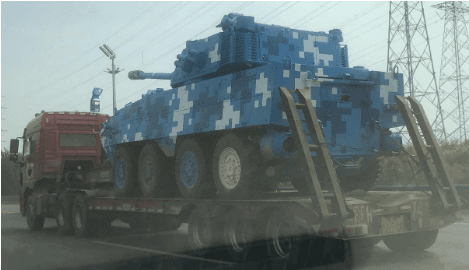
Previously, the main PLAMC mission was to carry out amphibious assaults to secure beachheads or capture ports, and enable follow-on inland attacks by PLA Ground Force units. This mission was reflected in its main armor system, the ZBD-05 third-generation family of amphibious tracked armored vehicles.
Built primarily for transport from amphibious assault ships to the shore, the ZBD-05’s large but lightly armored buoyant hull and relatively slow speed indicate that it isn’t expected to carry the fight very far beyond a landing zone.
New Vehicles
First, the PLAMC acquired the Norinco ZTL-11—a 20- to 25-ton, 105 mm assault vehicle development of the 20-ton ZBL-09 8X8 APC—and also the infantry fighting vehicle version of the ZBL-09 (called the ZBD-09). Both vehicles are amphibious, and the ZTL-11 can fire Norinco’s 2.5-mile-range gun-fired guided anti-tank missile.They are now deployed at China’s first formal overseas base, arming the regiment-size PLAMC unit at the Djibouti Logistics Support Base. Both vehicles were also featured in live-fire exercises in September 2017 in Djibouti.
Two can be carried on the Type 726 “Yuyi” class ship-to-shore hovercraft. But, due to its tracked propulsion system, the ZTQ-15 has much better off-road mobility than wheeled fighting vehicles, adding that flexibility to offensive operations beyond the shore.
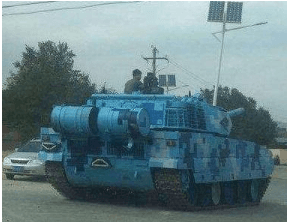
Threat to Taiwan and US
New medium-weight and mechanized PLAMC units first pose a serious threat to Taiwan, especially if the PLAMC can quickly capture ports such as Taichung and Keelung. PLA Maritime Militia-controlled large roll-on, roll-off ferries could offload large numbers of these wheeled combat vehicles and their support vehicles.Exploiting Taiwan’s well-built highway network to mount rapid offensive strikes, such medium-weight vehicles might be able to isolate the greater capital region of Taipei, creating greater political pressure for capitulation. The ability of the ZTL-11, the PLL-09, and a potential future version of the SH 11 to employ guided munitions heightens their offensive potential.
Their lighter armor, however, makes them vulnerable to the Taiwan Army’s large numbers of Raytheon Javelin guided anti-tank missiles, and perhaps in the future, to the U.S. 60-ton and 120-mm gun armed M1A2 main battle tank that Taiwan would like to purchase.
In the future, China’s medium-weight armored vehicles might also have greater survivability. The PLAMC VP10 assault vehicle may have the PLA’s first active-protection system (APS) mounted on its turret, most likely using a millimeter wave radar and small rocket to take down small and larger incoming anti-tank missiles.
Today, PLAMC medium-weight armored vehicles pose a potential real threat to U.S. forces in Djibouti, which have already seen the PLA’s use of lasers to damage the eyesight of U.S. pilots landing transport aircraft at Camp Lemonier.
Should increasing Chinese influence be decisive in maneuvering the government of Djibouti to expel U.S. forces, that potential decision could be enforced by the PLAMC’s medium-weight armored vehicles in Djibouti, with the ZTL-11 wheeled tank at the sharp edge.
After having spent decades building economic and political influence throughout Central Asia, Africa, and Latin America, China is now reaping strategic rewards in the form of military access and future bases for PLA power projection.
It’s likely that in the next decade, and beyond, Chinese and U.S. amphibious forces could be racing to occupy the same shore of an unstable littoral state critical to their respective national interests. China is clearly equipping its PLAMC not just to secure the beachhead, but to be able to exploit its landing zone to rapidly launch offensive operations into the interior.
